The first time you spot a wolf padding across fresh snow behind your garage, your heart will likely beat faster than your thoughts. For many Minnesotans, that moment sits right at the edge of wonder and worry: a wild icon, suddenly close to the swing set. Wolves are part of the state’s living heritage, but sharing space with an apex predator raises practical questions that can’t wait. This guide blends on-the-ground know‑how with current science to separate signal from noise and help you respond calmly, confidently, and legally.
The Hidden Clues
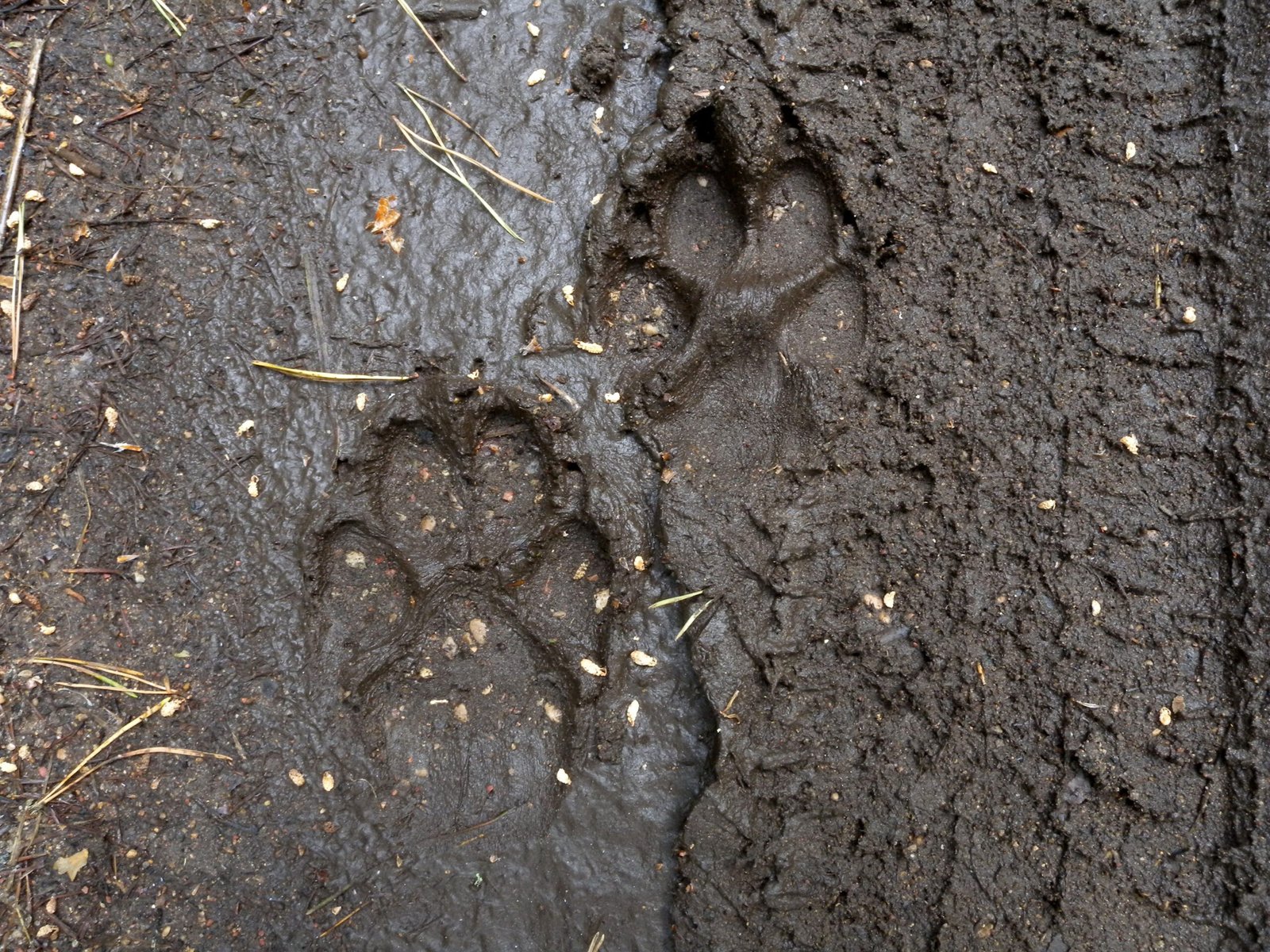
What gave the wolf away – tracks like arrowheads in the frost, a low shadow at dusk, or a quick glance of amber eyes? Backyard encounters rarely fall from the sky; they follow patterns, from deer trails that funnel wildlife along fence lines to compost aromas drifting like invitations. If you look closely, the landscape itself hints at why a wolf passed through: spilled birdseed that attracts rodents, a winter‑toughened deer bedding area, or a rabbit highway around the shed.
These clues matter because wolves are problem solvers that conserve energy, choosing easy routes and reliable food signals. Reading your yard like a field notebook turns panic into observation, which is the first step toward prevention. It also lets you distinguish a onetime passerby from a repeat visitor, a difference that guides your next move.
What To Do In The Moment
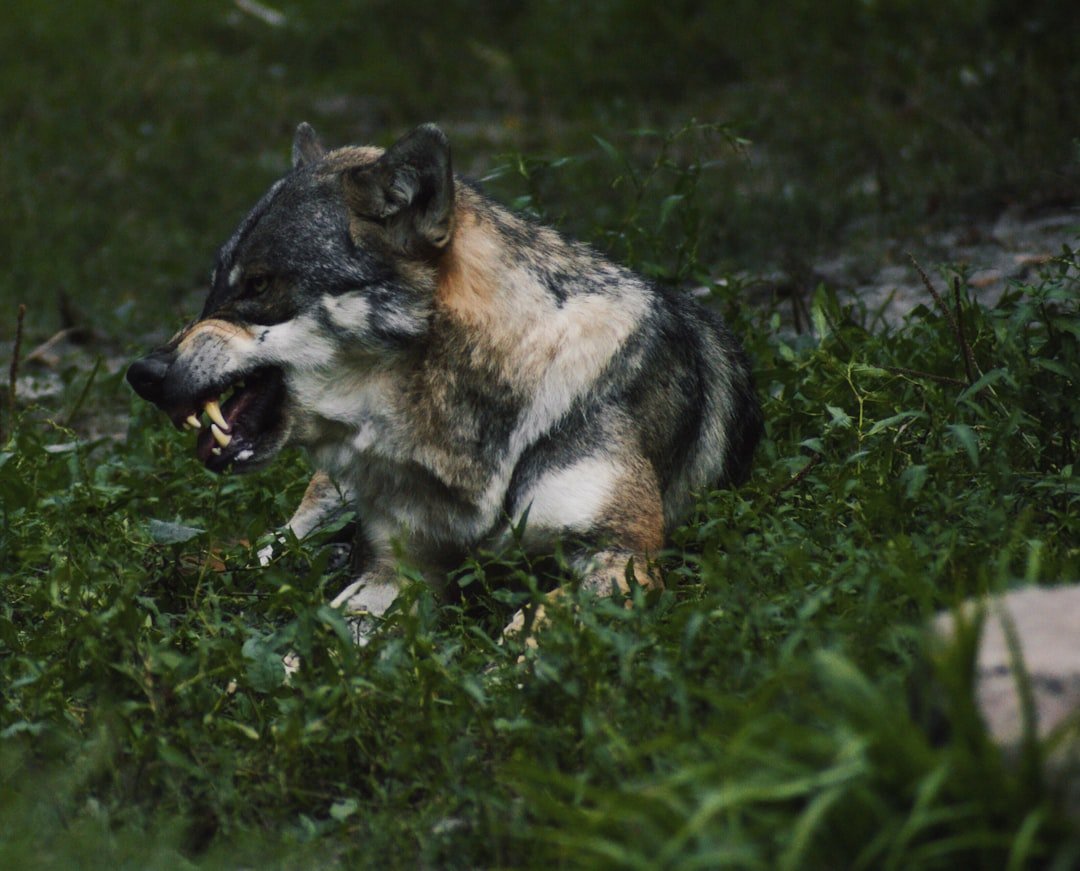
Start with space: keep a wide buffer and resist the urge to approach for a photo. Gather children, call pets inside, and move slowly toward a doorway or vehicle – steady steps, no running, eyes on the animal without chasing it. If the wolf lingers or approaches, stand tall, wave your arms, raise your voice, and use what’s handy – an air horn, a metal pan, even loose gravel tossed toward the ground in front of it.
Nonlethal deterrence works best when you’re decisive and loud, not reckless. If you carry bear spray on rural walks, it can be a last‑resort tool at close range, but the goal is to break curiosity and end the encounter before that matters. Once inside, note the time, direction of travel, and any distinctive markings, then alert neighbors so they can secure their animals too.
Reading Behavior: When to Be Concerned
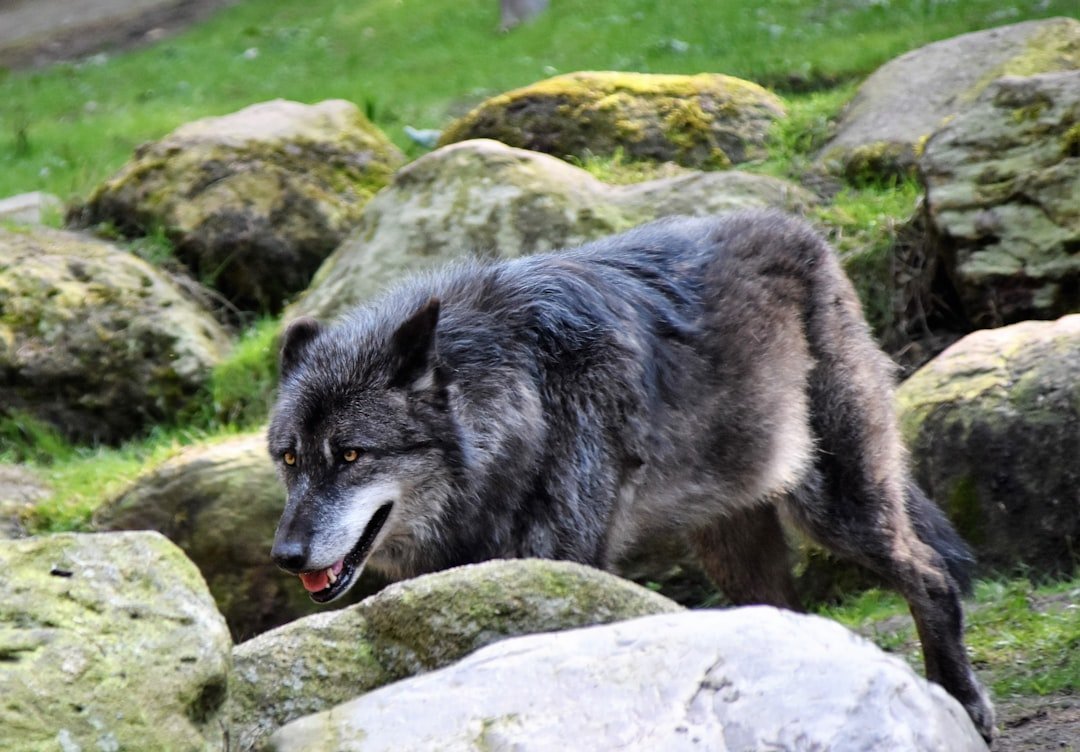
Wolves are naturally wary; most will glance, assess, and melt back into cover. A relaxed animal keeps its tail low and body loose, often pausing to listen before moving on. Concern rises when a wolf doesn’t respond to noise, circles back repeatedly, or fixates on pets through a fence – signs of curiosity tipping toward habituation.
Context helps: heavy snow winters, late winter breeding season, and periods when deer yard up can nudge wolves closer to human edges. Any pattern of boldness – daytime lingering, repeated passes near a kennel – warrants a report to state wildlife officials. Think of it like smoke from a distant fire: not a crisis by itself, but a signal to act early.
Backyard Defenses and Pet Safety
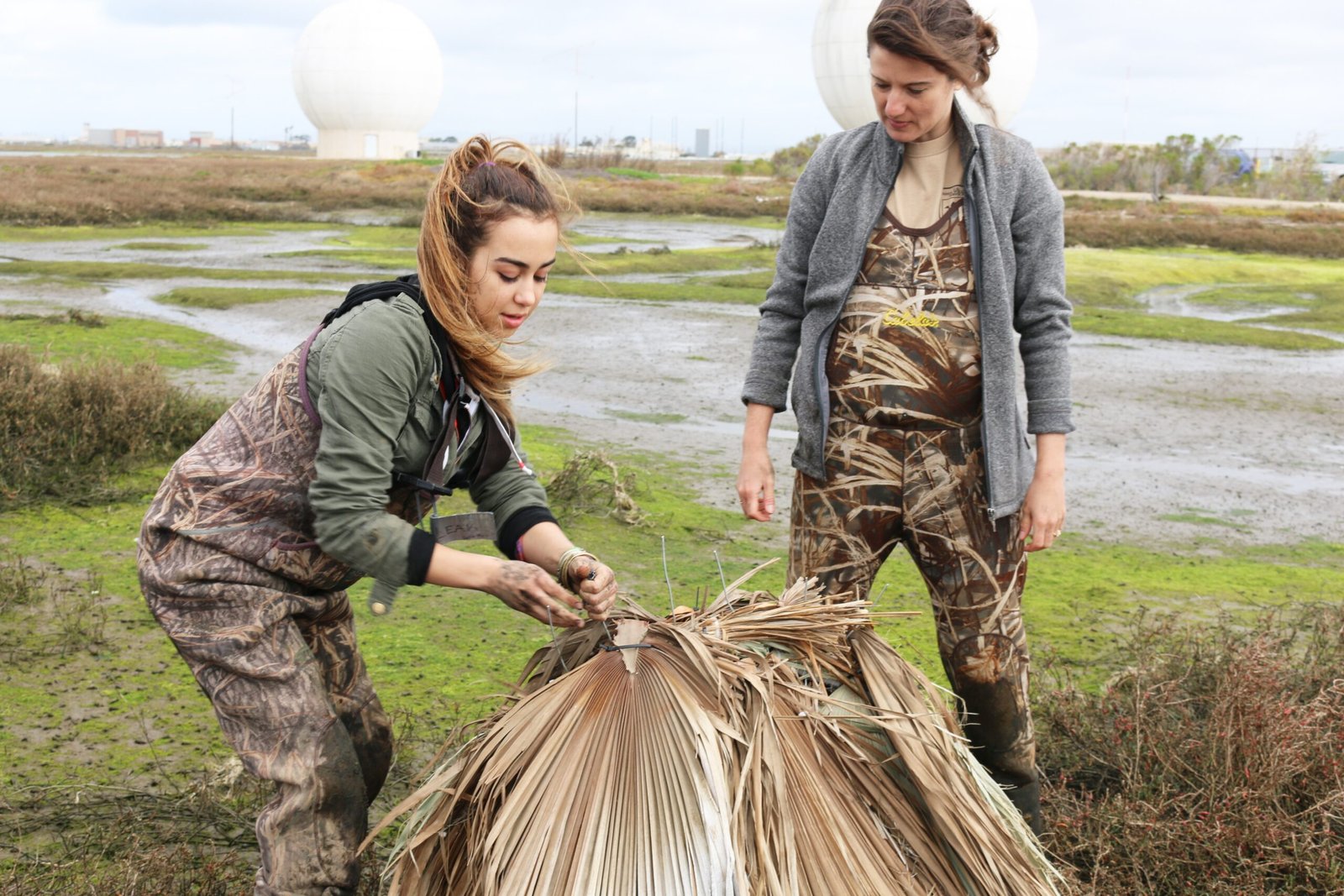
Your yard can either whisper welcome or speak clearly: not here. Secure trash and compost, bring pet food indoors, and clean grills; the small stuff removes easy calories that set the stage for repeat visits. Bird feeders can unintentionally bait deer and small mammals, so consider pausing them if you’re seeing frequent wildlife traffic in winter.
For pets, supervision beats bravado. Keep dogs leashed, especially at dawn and dusk, and finish nighttime routines under good lighting. Solid fencing with a dig‑guard helps, and temporary visual barriers like fladry – bright flagging on a line – can deter short‑term, though wolves often adapt over time. If you keep chickens, goats, or sheep, pair tight enclosures with motion lights and lock animals in at night.
Science and Law in Minnesota
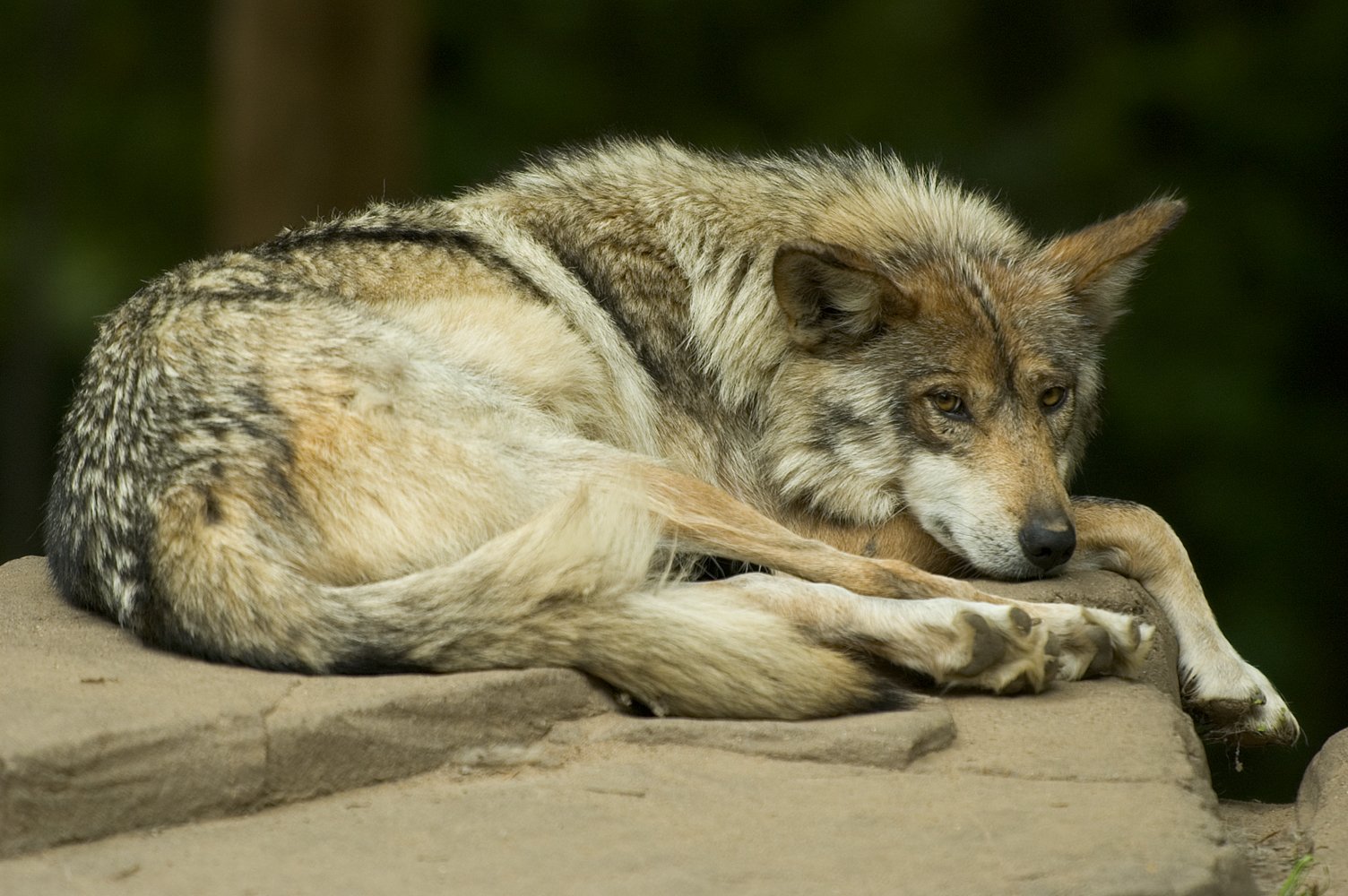
Wolves in Minnesota remain protected under federal law, which means harming or killing a wolf is generally illegal except in defense of human life. That protection sets a clear framework: focus on prevention and noninjurious hazing, and report persistent problems to state or federal wildlife professionals who can advise or respond. This legal backdrop isn’t just bureaucracy; it reflects decades of research showing that targeted, evidence‑based measures reduce conflict more reliably than reactive lethal responses.
Population monitoring by wildlife agencies tracks pack territories, reproduction, and survival, painting a picture of a stable carnivore coexisting with people across the north. Studies consistently show that most backyard sightings are brief transits, not territorial claims. When conflicts do occur – usually tied to unsecured attractants or vulnerable livestock – they’re best addressed early, specifically, and with follow‑through.
Why It Matters
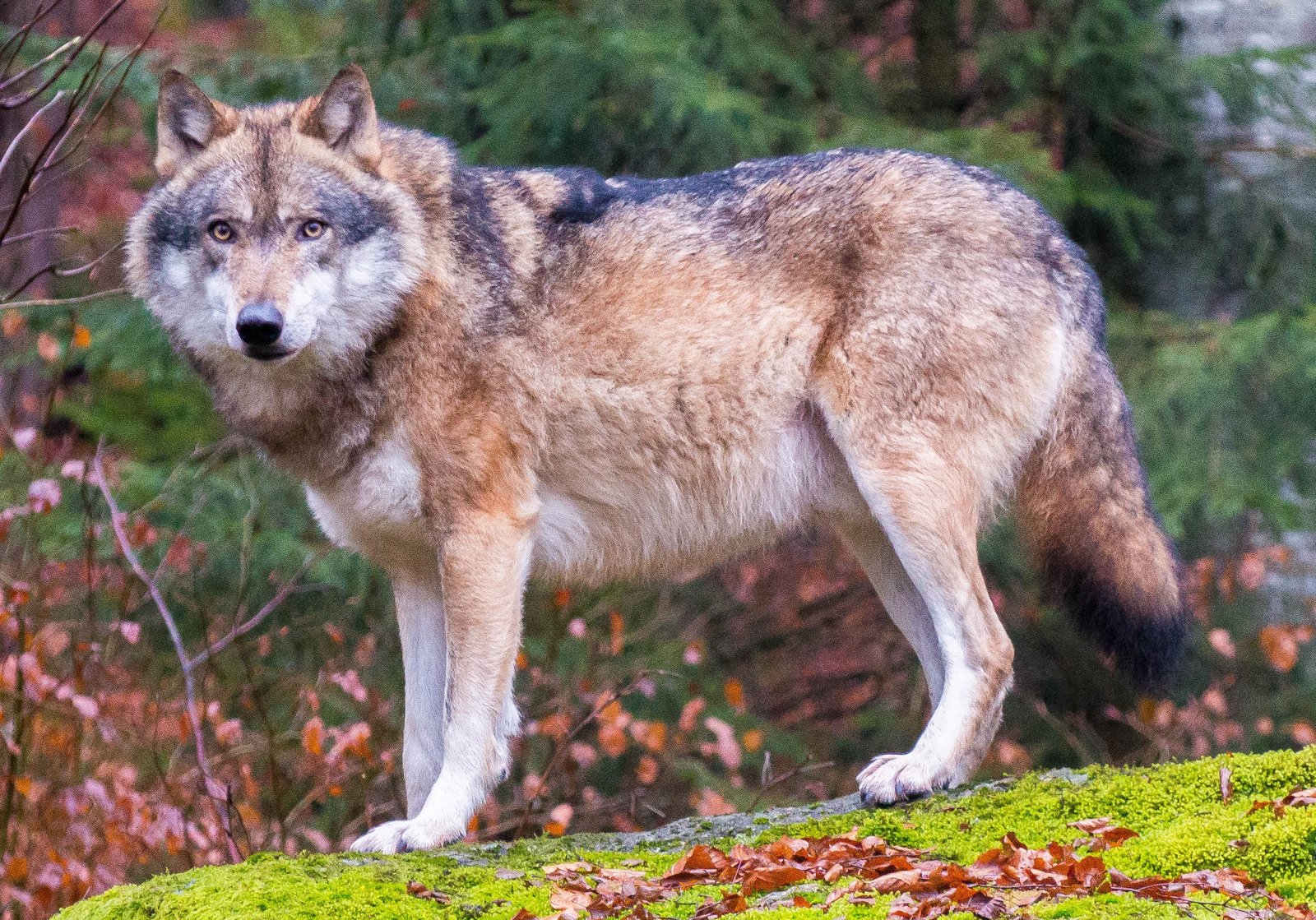
Living with wolves tests how a community balances risk, respect, and responsibility. Wolves help keep deer populations moving, which can ripple through forests by reducing overbrowsing on young trees and shrubs. That ecological role doesn’t erase neighborhood worries, but it changes the conversation from fear to management – what actions shrink risk while preserving the benefits of a functioning ecosystem.
Compared with past practices that leaned on broad lethal control, today’s playbook favors precision: secure attractants, shore up enclosures, and intervene early with nonlethal tools. This approach costs less over time, protects pets and livestock more predictably, and keeps conflicts from teaching wolves the wrong lessons about people. It’s a practical, middle path shaped by data rather than rumor.
The Future Landscape
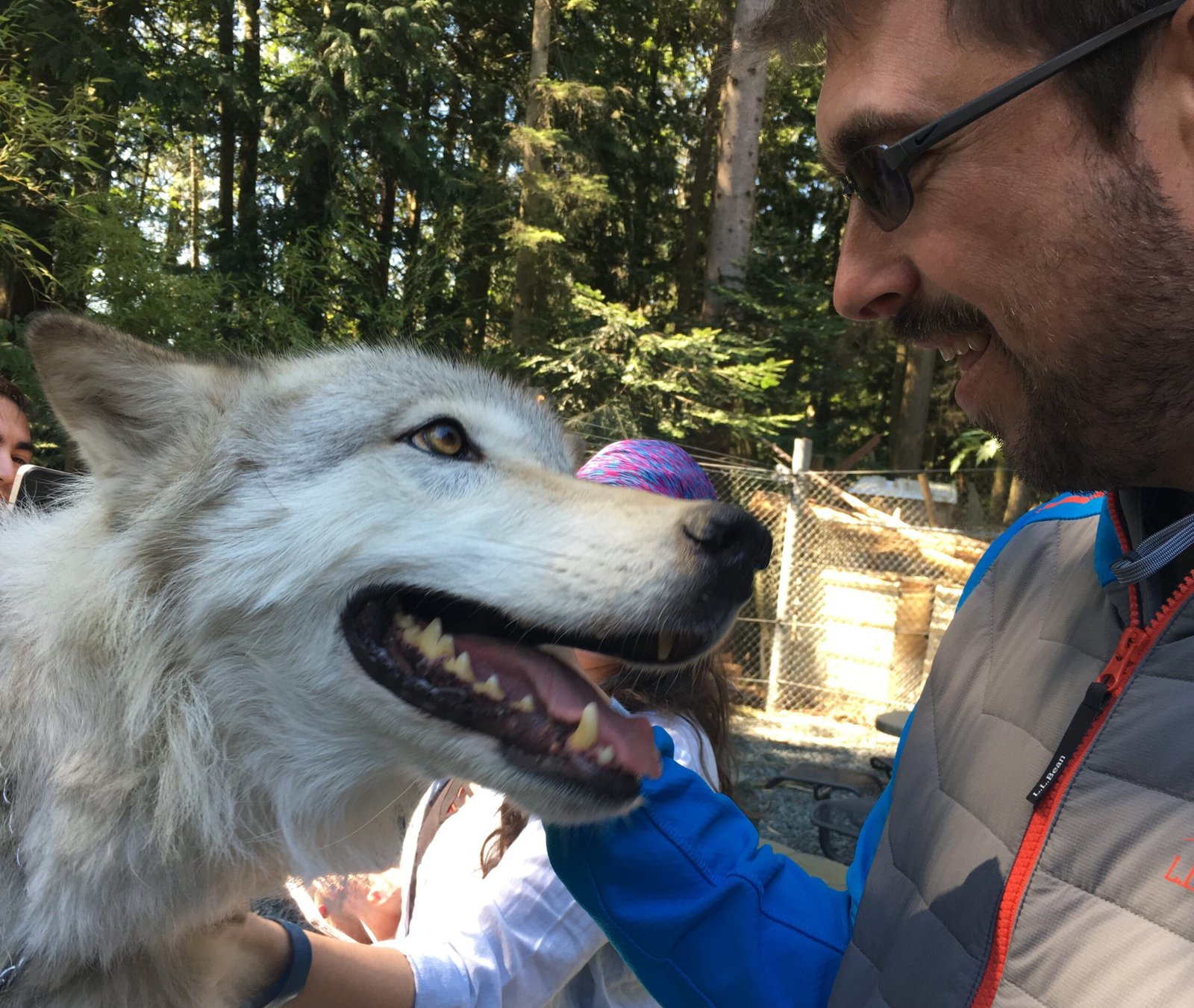
Expect smarter deterrents and better information. Field teams already test alert collars for livestock that trigger lights or sound when predators approach, and researchers map real‑time wildlife corridors to forecast when wolves might skirt new subdivisions. Simple tech – camera traps networked to phone alerts – lets homeowners spot patterns before they become problems.
Policy will keep evolving as courts and agencies revisit protections, and as communities weigh hunting seasons for deer, habitat changes, and suburban expansion. Warmer winters and shifting prey distributions could push wolves to explore edges more often in some years, then retreat as conditions change. The through line stays the same: prevention, rapid reporting, and adaptive tools that meet the moment.
Conclusion
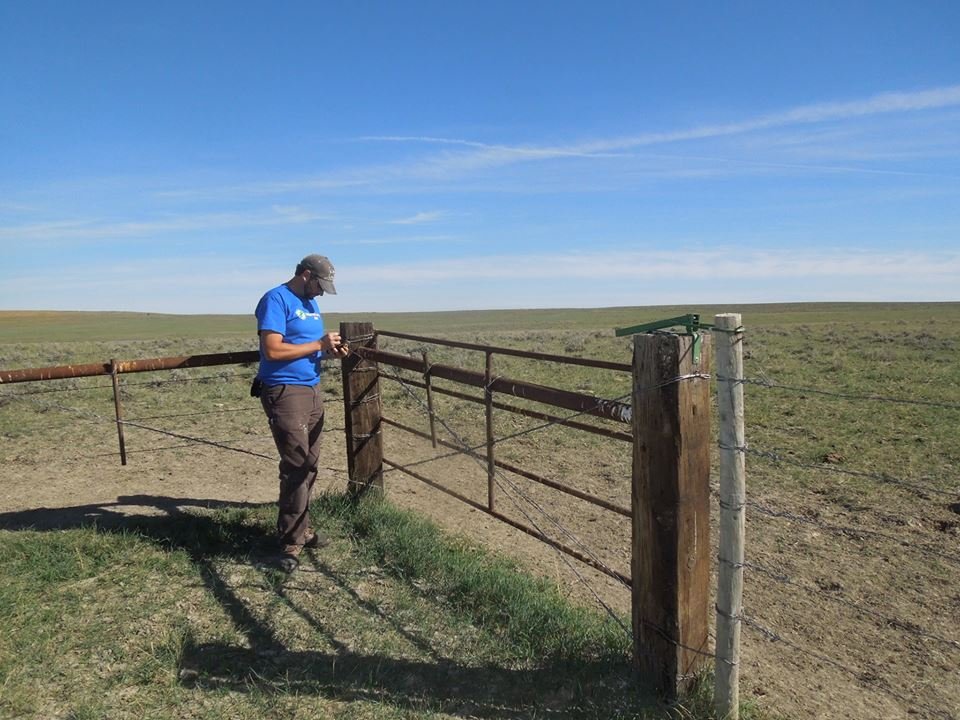
Start with your own yard this week: remove food cues, tighten enclosures, and set a routine for supervising pets after dark. Share sightings promptly and factually with neighbors and local wildlife contacts, because early, accurate information prevents bad patterns. If you live near known wolf range, keep an air horn by the door, add motion lighting, and store a phone number for reporting persistent visits.
Support community projects that help everyone – funds for better livestock fencing, local workshops on wildlife behavior, and citizen‑science camera networks that track seasonal movement. Most of all, respond with calm, not drama; the story you tell in that first moment can shape the next encounter for you, your neighbors, and the animal. Will your backyard be an open invitation, or a clear boundary that keeps wild things wild?

Suhail Ahmed is a passionate digital professional and nature enthusiast with over 8 years of experience in content strategy, SEO, web development, and digital operations. Alongside his freelance journey, Suhail actively contributes to nature and wildlife platforms like Discover Wildlife, where he channels his curiosity for the planet into engaging, educational storytelling.
With a strong background in managing digital ecosystems — from ecommerce stores and WordPress websites to social media and automation — Suhail merges technical precision with creative insight. His content reflects a rare balance: SEO-friendly yet deeply human, data-informed yet emotionally resonant.
Driven by a love for discovery and storytelling, Suhail believes in using digital platforms to amplify causes that matter — especially those protecting Earth’s biodiversity and inspiring sustainable living. Whether he’s managing online projects or crafting wildlife content, his goal remains the same: to inform, inspire, and leave a positive digital footprint.




